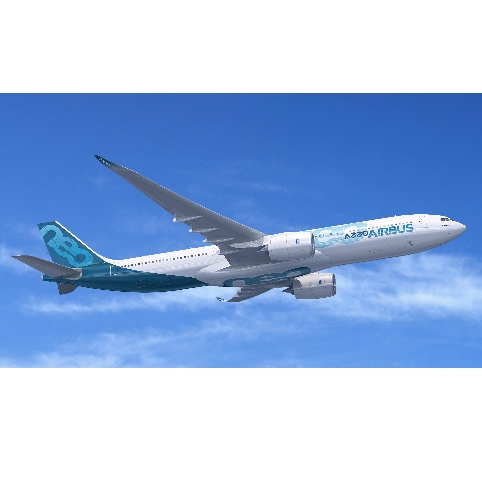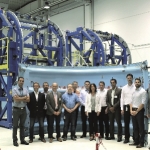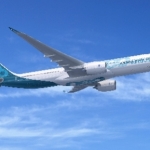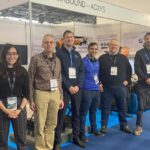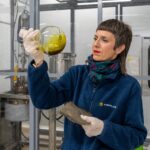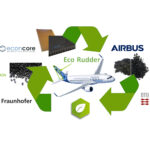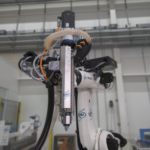FACC AG has handed over the first fan cowls for the new Airbus A330neo, the most recent addition to the well-established A330 long-haul family, to the customer, Safran Nacelles. The fan cowls score with advanced CFRP technology and make the aircraft significantly lighter as well as more efficient. The A330neo is now entering the test phase at Airbus. The common objective: Top quality and highest technical performance.
“We are really pleased about the first delivery of our fan cowls for the A330neo!” proclaims Robert Machtlinger, CEO of FACC, proudly. “It once again demonstrates our successful position within the aviation supplier industry. This is a very good basis on which to build. I wish to especially thank all employees who, with their outstanding work, have contributed significantly to the timely delivery, and our client, Safran Nacelles, for the trusting and good collaboration.”
In September 2014, FACC were tasked with the development and manufacture of the fan cowls. On the basis of its extensive experience in the area of engine structures, the company designed an innovative, ready-to-install system, which brings about significant weight and cost benefits due to its advanced CFRP technology. As far as production is concerned, FACC can rely on existing innovations and proven processes and therefore guarantee a reliable and quick ramping up of production for the start of series production, which is planned for early 2017. “The expectations of the client with regard to weight and performance were a demanding challenge. Nevertheless, due to our strong expertise, we succeeded in developing a viable, economical, overall concept,” stated Robert Braunsberger, FACC Vice President Engines & Nacelles. “Our exemplary business relationship with Safran Nacelles, which now stretches back more than 20 years and has been reinforced once again by this project, is certainly a significant basis for the successful two-year development work and the timely delivery of the first fan cowls.” Safran Nacelles is a world leader in aircraft engine nacelles and is a development and manufacturing partner of Airbus for the A330neo (new engine option). Airbus has chosen the equally new Rolls-Royce Trent 7000 for the two models of the twin-engine A330neo.
The fan cowls are part of the aerodynamic exterior paneling of the engines and function as access doors for the regular inspection and servicing in the operation of aircraft. They have a diameter of 3.7 m and a length of 2.2 m and rank among the largest engine shells, which FACC manufactures in the Engines & Nacelles plant in Reichersberg. The volume of orders over the duration of the program is approx. 100 Mio.USD, depending on the sales success of the A330neo, and will employ approximately 70 employees at the Upper Austrian location.
Alongside these fan cowls, FACC is also responsible for the manufacture of the spoilers and the flap track fairings for the A330neo, making FACC an important partner for the A330neo, as it has been for the previous A330 model: With more than 1,600 orders and 1,250 aircraft in use at 120 airlines, the A330 is the most successful wide-bodied aircraft ever. The challenging light-weight solutions and innovations, together with many other innovations, also make the A330neo the most cost-effective and efficient aircraft of its size category.
